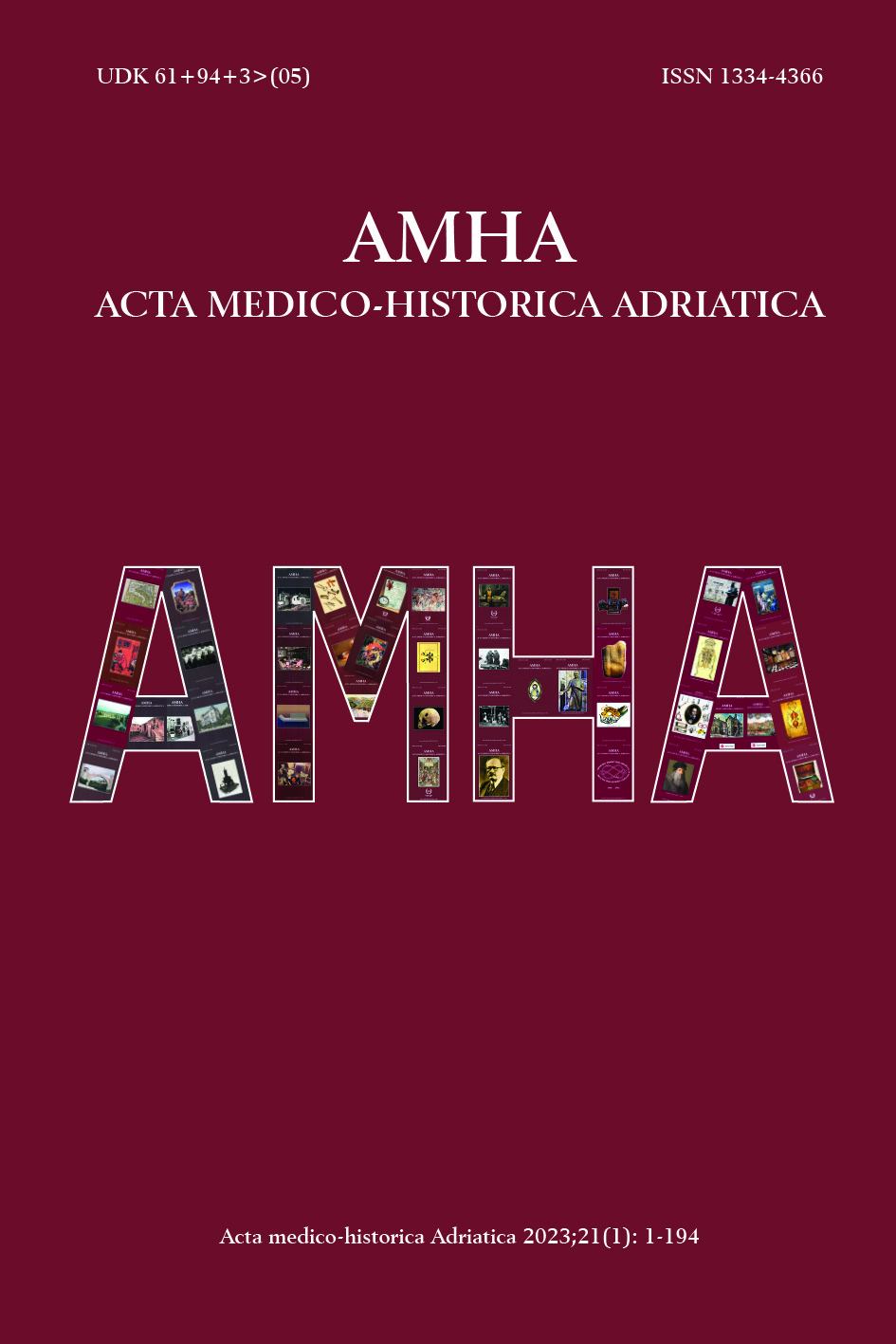THE HEALTH SYSTEM OF THE FIRST CZECHOSLOVAK REPUBLIC AND ITS ROLE IN COMBATING CONTAGIOUS DISEASES IMMEDIATELY AFTER THE FIRST WORLD WAR (THE 1920s)
Keywords:
First Czechoslovak Republic, infectious diseases, medical facilities, laws and government regulationsAbstract
https://doi.org/10.31952/amha.21.1.4
A complex epidemiological situation marked the health system at the time of the establishment of the Czechoslovak Republic. Reducing the number of infectious diseases was an essential task of the State Administration of Health. It required new legislation and various steps directed at reducing infectious diseases. Serious infectious diseases, such as scarlet fever, diphtheria, typhoid, dysentery, smallpox, and malaria, were among the most significant health problems in Czechoslovakia. In 1920, Act No. 412 Coll. regarding compulsory smallpox vaccination was issued, as well as government Regulation No. 298, which describes vaccination obligations and stipulated proper isolation of patients with infectious diseases. Other steps that led to improvements included establishing the National Institute of Health and mobile disinfectant units. Conclusion: The systematic development of new legislation contributed to the new Republic’s proficiency at the task and the gradual reduction in the number of infectious diseases.


